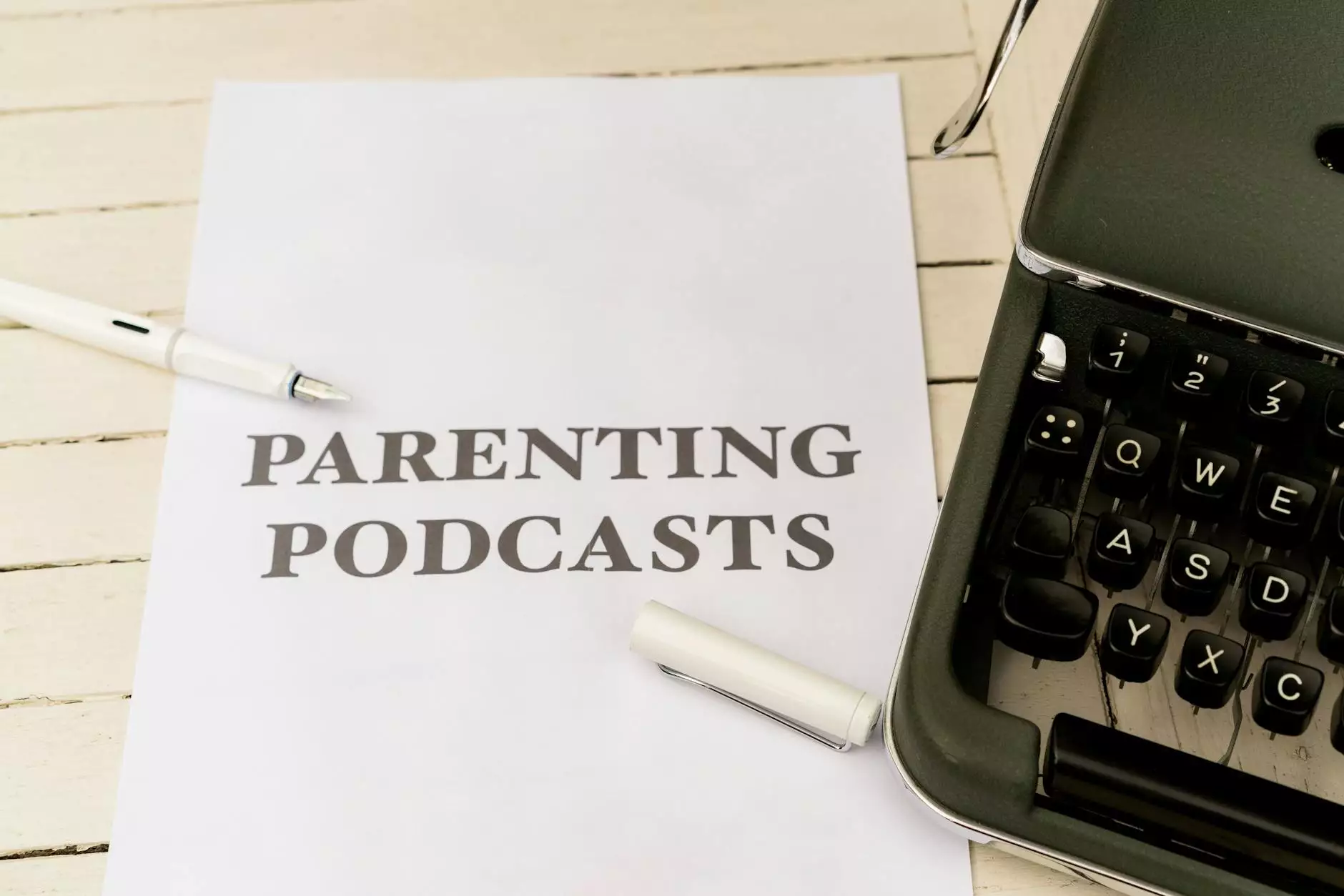How to Write User Stories

Introduction
User stories are an essential component of effective digital marketing strategies. At 881 Marketing, we understand the importance of crafting user stories that resonate with your target audience and drive success. In this comprehensive guide, we will walk you through the process of writing user stories that captivate, engage, and convert. Whether you are new to user stories or looking to refine your existing techniques, this article will provide you with invaluable insights and strategies.
Understanding User Stories
User stories are concise, yet powerful narratives that capture the needs and desires of your users. These stories act as agile development tools, guiding your digital marketing efforts by aligning them with the user's perspective. By clearly defining the user's expectations, goals, and motivations, user stories allow you to create targeted marketing campaigns that resonate on a deeper level. Let's dive into the key elements of writing effective user stories.
The Role of User Stories in Digital Marketing
In the realm of digital marketing, user stories play a crucial role in developing customer-centric campaigns. By gaining a deep understanding of your target audience's needs and preferences, you can create personalized experiences that drive engagement and conversions. User stories help you connect with your customers emotionally, fostering brand loyalty and satisfaction. Additionally, they enable you to enhance your website's search engine optimization (SEO) by incorporating relevant keywords and phrases.
Components of Effective User Stories
Title
The title of your user story should be clear, concise, and keyword-rich. It should clearly communicate the user's goal and set the tone for the entire story. A well-crafted title not only captures the reader's attention but also improves your search engine rankings. By utilizing relevant keywords strategically, you can enhance your visibility on search engine result pages (SERPs).
Persona Description
Understanding your target audience is paramount when crafting user stories. Begin by creating a detailed persona description that encapsulates the user's characteristics, goals, and pain points. This information serves as the foundation for your user story, allowing you to tailor your marketing efforts to meet their specific needs. By addressing their pain points and providing solutions, you establish trust and credibility.
User Goal
Clearly define the user's goal within the user story. What are they trying to achieve? This should be a clear and actionable statement that aligns with your marketing objectives. By incorporating the user's goal, you can create a narrative that resonates with their desires, driving them towards your products or services.
Challenges
Every journey has its obstacles. Identify the challenges the user may face while attempting to achieve their goal. This step allows you to showcase your understanding of their pain points and positions your brand as a trusted advisor. By offering solutions and value-added propositions, you can set yourself apart from your competitors and gain their loyalty.
Solutions
Once you have identified the challenges, present clear and compelling solutions. Address how your product or service can help the user overcome their obstacles and achieve their goal. This section should highlight the unique selling points of your offerings and convince the user that you have the best solution for their needs.
Benefits
Outline the benefits that the user will gain by choosing your solution. Whether it's time savings, cost-effectiveness, or improved efficiency, emphasize the value that your product or service brings. Ensure that the benefits are aligned with the user's goals and desires, strengthening the emotional connection between your brand and the user.
Optimizing User Stories for SEO
To maximize the visibility and organic search ranking of your user stories, integrating SEO best practices is paramount. Below are some key strategies to employ when optimizing your user stories for search engines.
Keyword Research
Begin by conducting thorough keyword research to identify the most relevant and high-ranking keywords in your industry. Utilize tools like Google Keyword Planner or SEMrush to uncover valuable insights. Incorporate these keywords naturally throughout your user stories to optimize for search engines.
Keyword Density
Maintaining an appropriate keyword density is crucial. Aim for a keyword density of 1-2% to avoid keyword stuffing, which can harm your search rankings. Focus on creating informative and engaging content that naturally incorporates your target keywords.
Meta Tags and Descriptions
Ensure that your user story has a well-crafted title and a compelling meta description. These elements serve as snippets of information that appear in search engine result pages, enticing users to click on your page. Optimize your meta tags by incorporating relevant keywords and providing a concise overview of the user story's content.
Link Building
Building high-quality, relevant backlinks can significantly enhance your user stories' SEO performance. Seek opportunities to collaborate and contribute guest posts on reputable websites within your industry, incorporating links back to your user stories. This not only drives referral traffic but also increases your credibility and authority in the eyes of search engines.
Conclusion
Writing effective user stories is essential for driving success in your digital marketing campaigns. At 881 Marketing, we specialize in crafting compelling user stories that engage, captivate, and convert. By understanding your target audience, defining their goals and challenges, and presenting compelling solutions, you can create narratives that resonate on a profound level. Optimize your user stories for SEO by incorporating relevant keywords, meta tags, and focusing on link building to achieve higher search engine rankings. Use this comprehensive guide as your roadmap to writing user stories that outperform your competitors and drive remarkable results.










